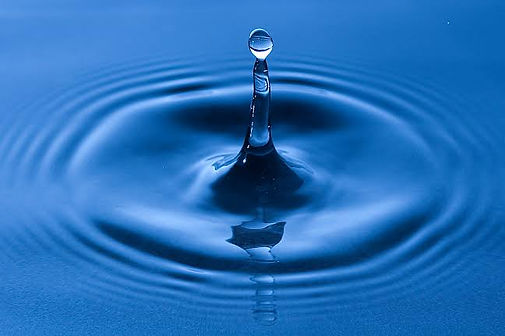Workshop #1
Digital Storytelling
I'm a paragraph. Click here to add your own text and edit me. It’s easy. Just click “Edit Text” or double click me to add your own content and make changes to the font.
Workshop #2
The
Creative Lab
I'm a paragraph. Click here to add your own text and edit me. It’s easy. Just click “Edit Text” or double click me to add your own content and make changes to the font.
Workshop #3
Illustration Masterclass
I'm a paragraph. Click here to add your own text and edit me. It’s easy. Just click “Edit Text” or double click me to add your own content and make changes to the font.
WORKSHOPS
TO BLOW
YOUR MIND
Workshop #1
Digital Storytelling
I'm a paragraph. Click here to add your own text and edit me. It’s easy. Just click “Edit Text” or double click me to add your own content and make changes to the font.
Workshop #2
The
Creative Lab
I'm a paragraph. Click here to add your own text and edit me. It’s easy. Just click “Edit Text” or double click me to add your own content and make changes to the font.
Workshop #3
Illustration Masterclass
I'm a paragraph. Click here to add your own text and edit me. It’s easy. Just click “Edit Text” or double click me to add your own content and make changes to the font.
WORKSHOPS
TO BLOW
YOUR MIND
Mahatama Gandhi National Rural Employment Guarantee Scheme
Among the world's largest rural livelihood programmes, MGNREGS aims to provide at least 100 days of employment to adults of every rural household that demands work, and are ready to do unskilled work. This is guaranteed under the the National Rural Employment Guarantee Act, 2005.



WATER AND SANITATION
Jal Jeevan Mission
Water security
Government of India’s flagship rural drinking water programme, the scheme aims to provide a working tap connection to every household for drinking, cooking, and other domestic needs by 2024. For this, a sub-scheme, Har Ghar Nal Se Jal was launched in 2019.
In Budget 2020, the scheme was allocated Rs 11,500 crore.
_jfif.jpg)
_jfif.jpg)
81% rural habitations had been covered if the scheme's previous norm of providing 40 litres per day (lpcd) is applied.
_jfif.jpg)
47% rural habitations covered at the scheme's new norm of 55 litres per day (till December 2019).
There is variation in the coverage of households (measured by the scheme in terms of habitations).
19% rural households had been provided household tap connections under Har Ghar Jal.
*As on 31 December 2019
Most states continue to treat habitations as fully covered if they receive 40 lpcd.
Also, water available in many regions in the country is unfit for use. Among the scheme's objectives is to treat contaminated water.
Only 7% of 58,064 water quality affected habitations out were treated.
Even as there has been a drop in water quality affected habitations, the number treated has also gone down.
*Till 1 April 2019
Water quality affected habitations and percentage treated over the years
*Click here to view on mobile.
Swachh Bharat Mission
Rural and urban sanitation
The Swachh Bharat Mission is a flagship sanitation programme of the Government of India. It has two sub-missions: Swachh Bharat Mission-Gramin for rural areas and Swachh Bharat Mission-Urban for cities and towns. In Budget 2020, the scheme was allocated Rs 12,300 crore.
Swachh Bharat Mission (SBM) aimed at eliminating open defecation by 2020, and promoting safe sanitation and garbage disposal practices in the country.
3 things to know about SBM
01
Toilet Construction
After the launch of SBM-Gramin in 2014, there was a massive push on the building of toilets in households. In Financial Year 2019-20, as on 3 July 2019, 67% of the total scheme expenditure had been on Individual Household Latrines (IHHLs).
As on 2 October 2019, the target Mission completion date, access to toilets had been reported by the government to be 100%.
02
Usage
As per National Rural Sanitation Survey (NARSS) Round-2 data, toilet usage stands at 97%, and the usage of toilets by females is slightly higher than that by males. Although 26 states and Union Territories had been declared Open Defecation Free before November 2018, when NARSS Round-2 was conducted from November 2018 to February 2019, instances of open defecation were found.
03
Behaviour change
Change in attitudes and practices is critical to sustaining safe sanitation. Both Swachh Bharat sub-missions earmark funds for awareness generation activities. For instance, 12% of the Union government's share in SBM-Urban must be released to states for the 'Information, Education and Communication' component.
Even as the allocation to states for IEC was to be Rs 1,462 crore, from October 2014 till 30 September 2019, only Rs 840 crore (or 57 per cent) of the funds were released by the government.


